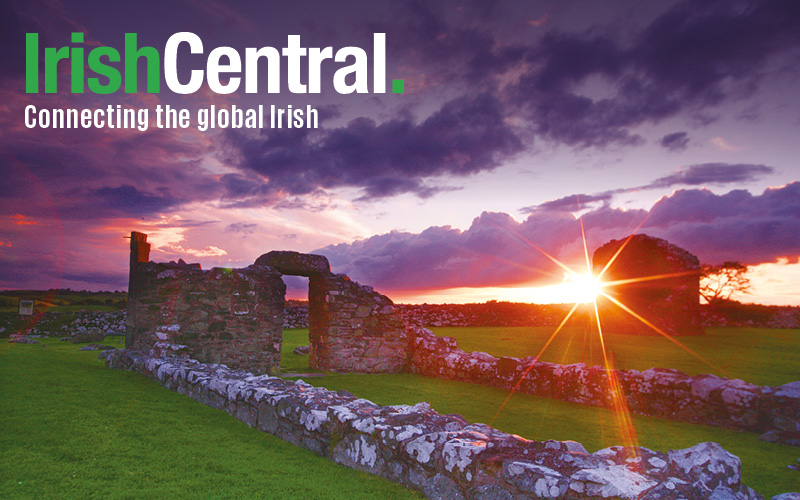Founding fathers and mothers of a state tend to be trapped in amber, their heroic deeds forever placing them at a remove far above ordinary men and women.
Thus it is with George Washington for example, a cool and removed figure with very little known of the lifeblood and the urges that made him the supreme revolutionary.
If the Easter 1916 centenary project can achieve anything, it will be to humanize Ireland's heroes of the 1913 to 1923 period, the revolutionary decade that transformed Ireland from just another British colony to the first nation to at least partly throw off that yoke.
The Irish example to the rest of the world was a powerful one and often cited by Indian, Israeli and Algerian revolutionaries, among others, in subsequent years.
Yet the 1916 leaders remained unknowable for generations, their deeds either sanctified or deplored depending on the perspective of Irish history.
Much of the knowledge of the 1916 Rising was viewed through the Northern Troubles for modern Irish generations.
Revisionists such as Conor Cruise O’Brien slammed the memory of the men of 1916, as does former Taoiseach (Prime Minister) John Bruton today.
In their false scenario Ireland was on a path to Home Rule peacefully awaiting the end of World War One to achieve that.
They conveniently forget that Irish prospects for Home Rule were directly countered by secret and binding assurances to the Unionist north by British leaders who assured the Unionists that Home Rule would never happen.
They also forget that the starting gun for the revolutionary decade was the Larne gun-running of 1914 when the Ulster Volunteer Force ran a massive shipment of guns ashore to ensure Home Rule would never happen.
The blood-dimmed tide was set to be unloosed, and the Irish revolutionaries in Dublin understood that political posturing was never going to deliver Home Rule. Thus they acted as much in reaction to events in the North, where violence had already been perpetrated.
On the other hand, the men and women of 1916 were set on an alabaster pedestal for much of the 20th century, deified by many for their deeds and considered holy of holies.
We need to see the flesh and blood men and women, warts and all, who led the spectacular revolution 99 years ago this Easter week.
Who really were James Connolly and Padraig Pearse et al and what was their motivation when signing their own death warrants by proclaiming the proclamation?
Yeats’s glorious tribute to the revolutionaries in his poem “Easter 1916” stands out as a magnificent starting point, but they still remain somewhat unknowable.
There is far more access to the files of that period now, and with the passing of the Northern Troubles there is an opportunity to know these men and women in a way that does not raise political temperatures as before.
Projects such as the Notre Dame three-part series on the Rising to be shown in Ireland, Britain and the U.S. will hopefully be groundbreaking and provide new insight into the most important week in Irish history.
Ninety-nine years on, we do not know enough about the Easter 1916 Rising, but hopefully by next year the Irish worldwide will know far more. That would be the biggest achievement of the centenary.




Comments